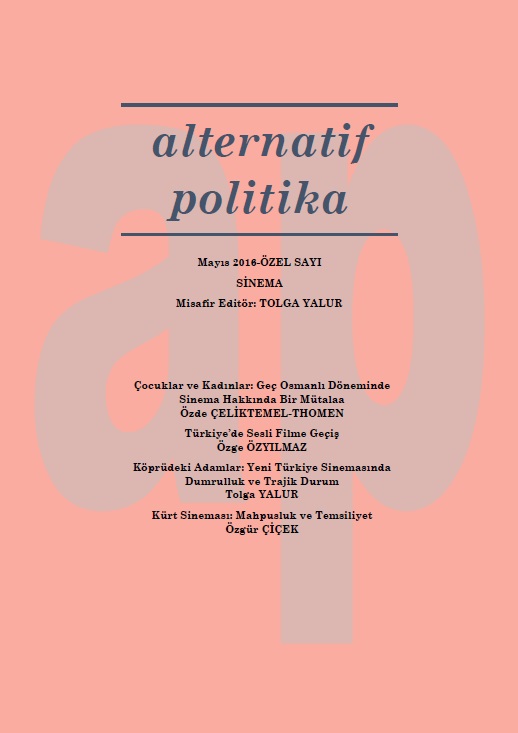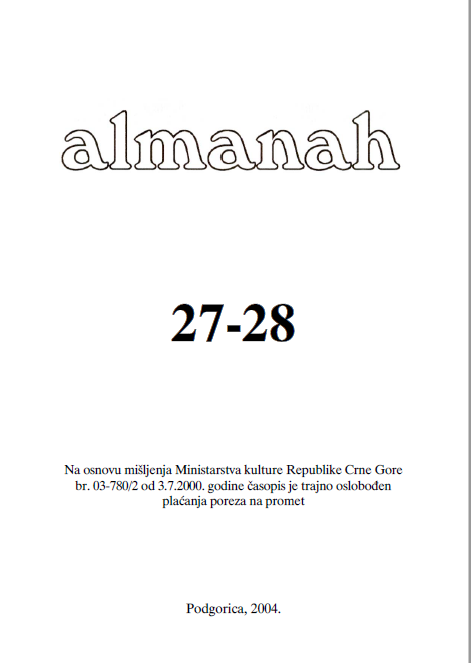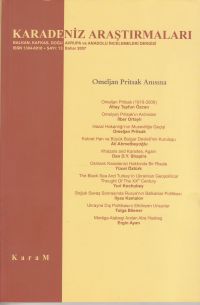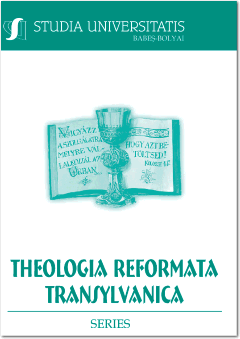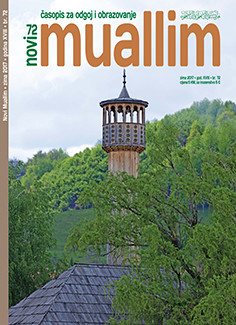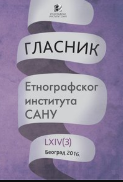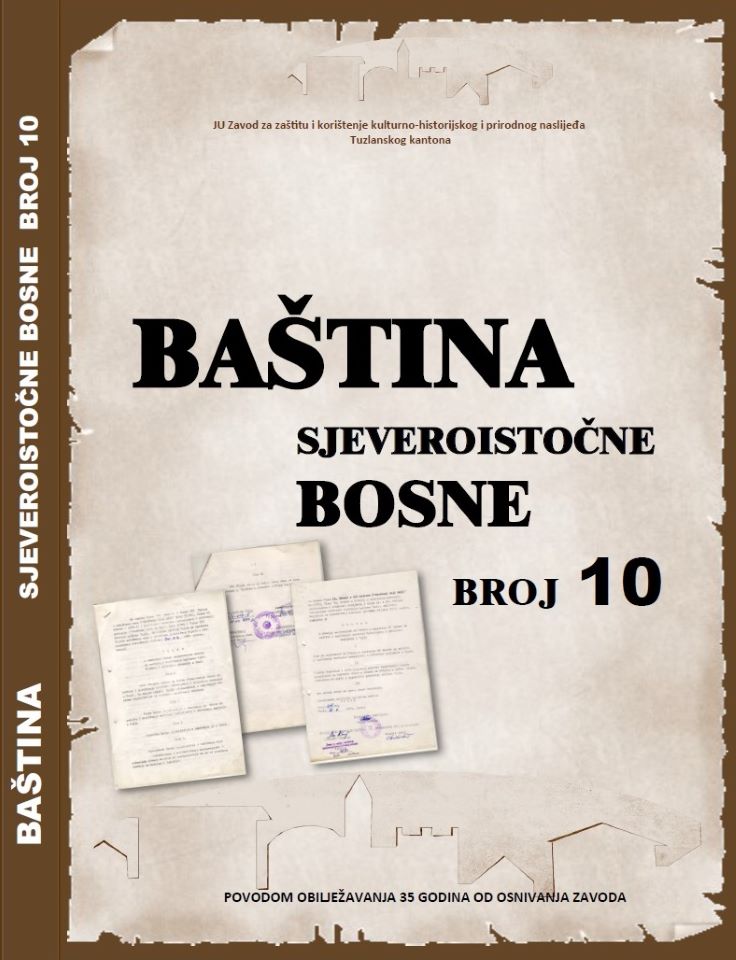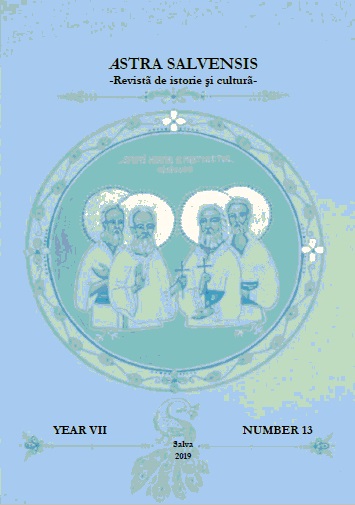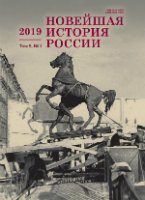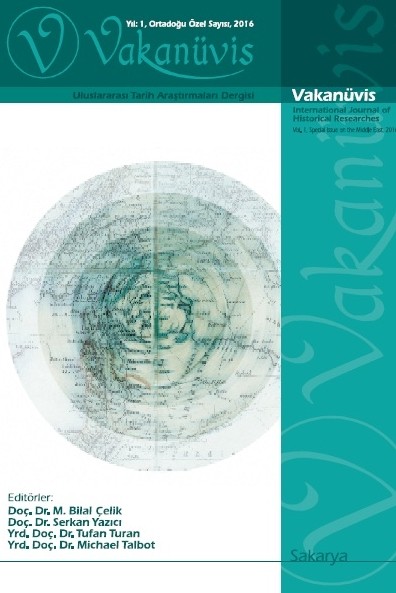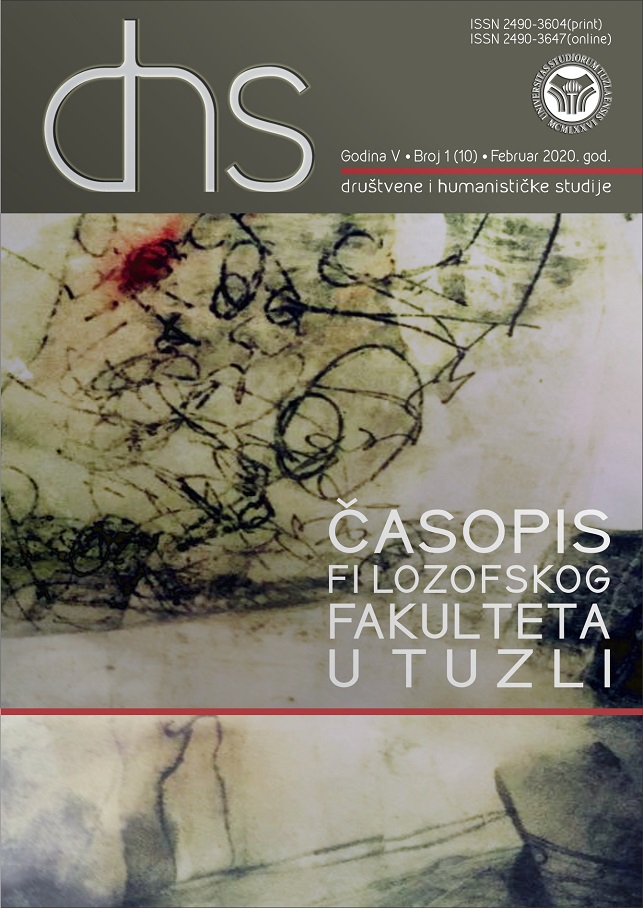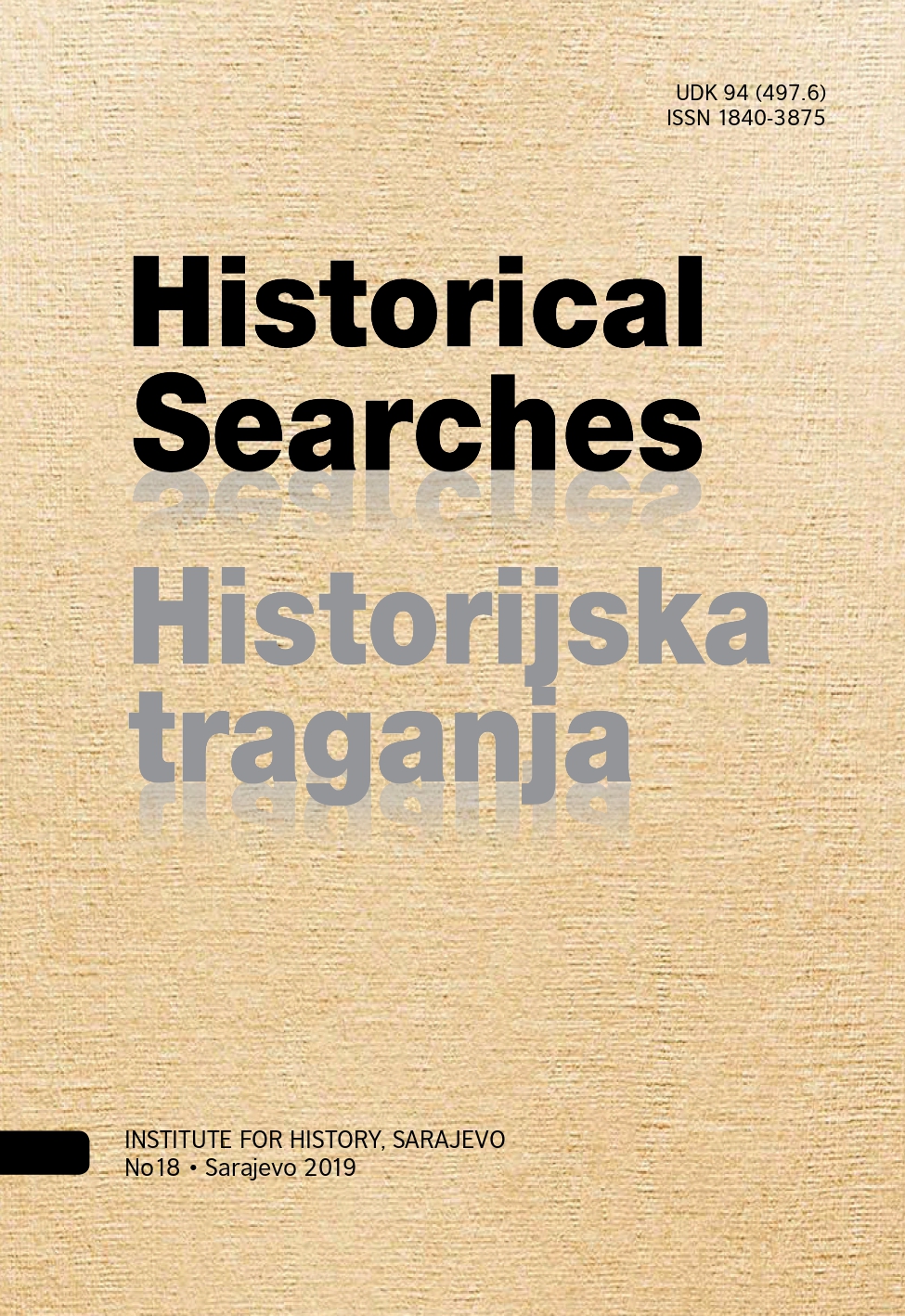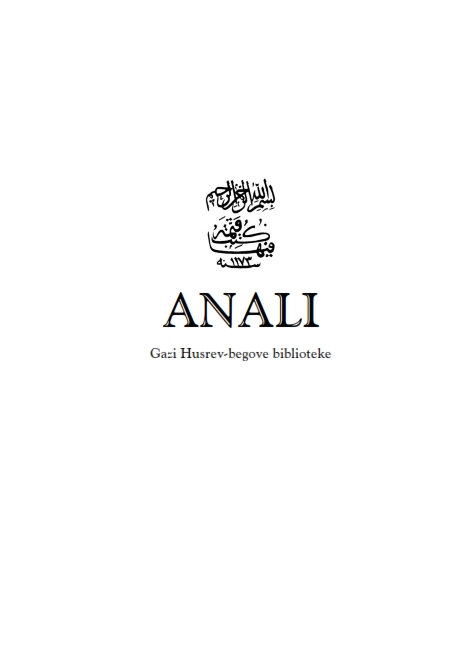Author(s): Lejla Gazić,Osman Lavić,Ismet Bušatlić,Zehra Alispahić,Esad Duraković,Aladin Husić,Emina Mostić,Alen Borić,Hadžija Hadžiabdić / Language(s): Bosnian
Issue: 40/2019
The review of:
-Mustafa Jahić, TRAJNOST ISLAMSKOG NASLIJEĐA – RUKOPISI GAZI HUSREV-BEGOVE BIBLIOTEKE, Gazi Husrev-begova biblioteka u Sarajevu, Sarajevo 2019, 390 str.
-Haso Popara, IZ RUKOPISNOG BLAGA GAZI HUSREV-BEGOVE BIBLIOTEKE, Gazi Husrev-begova biblioteka, Sarajevo, 2019, 364 str.
-KATALOG ARAPSKIH, PERZIJSKIH, TURSKIH I BOSANSKIH RUKOPISA IZ ZBIRKE BOŠNJAČKOG INSTITUTA, svezak III, obradio Mustafa Jahić, Bošnjački institut – Fondacija Adila Zulfikarpašića, Sarajevo, 2018, 888 + 32 strane priloga bez paginacije.
Mohammad Akram Nadwi, MUHADDISE – UČENJAKINJE U ISLAMU (prijevod s engleskog Naida Hota-Muminović i Nermina Baljević), Sarajevo : Centar za napredne studije, 2018, 295 str.
-Mirza Sarajkić, POETIKA OTPORA U DJELU MAHMUDA DERVIŠA, Univerzitet u Sarajevu – Orijentalni institut, Posebna izdanja LVI, Sarajevo, 2019, 271 str.
-Rašid Belgradi, POUČNA KRATKA HISTORIJA, EXEMPLARY SHORT HISTORY, TĀRIHÇE-I İBRETNÜMĀ, Dodatak, Addendum, Zeyl, El-Kalem — Institut za islamsku tradiciju Bošnjaka, Sarajevo, 2018, 246 str.
-Šukrullah b. Šihabuddin Ahmed al-Zaki, RADOST HRONIKA, preveo s perzijskog Ahmed Zildžić, Bošnjački institut, Fondacija Adila Zulfikarpašića, Sarajevo, 2018, 366 + 271 str. (+ 12 kolor faksimila).
-Emir O. Filipović, BOSANSKO KRALJEVSTVO I OSMANSKO CARSTVO (1386-1463), Orijentalni institut Univerziteta u Sarajevu, 2019, 556 str.
-Muamer Hodžić, FOČA SREDIŠTE HERCEGOVAČKOG SANDŽAKA, Univerzitet u Sarajevu – Orijentalni institut, Sarajevo, 2019, 241 str.
-Hana Younis, SVAKODNEVNI ŽIVOT U SARAJEVU (1850-1878.), Centar za osmanističke studije, Sarajevo, 2019, 244 str.
-Izet Šabotić, ČIFČIJSKI ODNOSI I PROMJENA VLASNIŠTVA NAD ZEMLJOM U BOSNI I HERCEGOVINI (1878-1918), Centar za istraživanje moderne i savremene historije, Tuzla, 2019, 320 str.
More...

